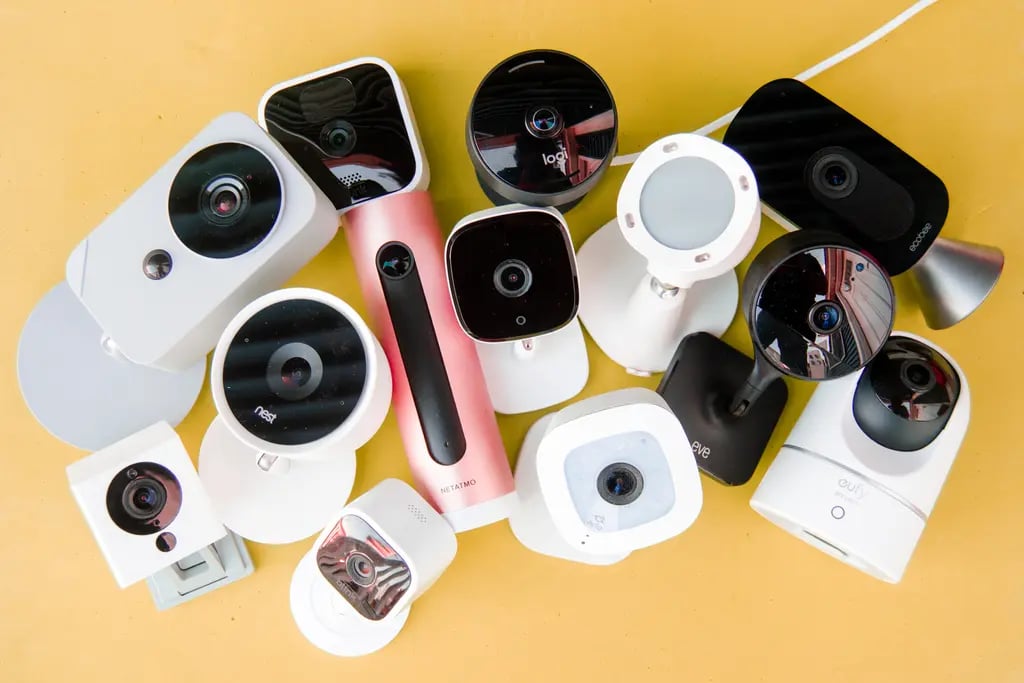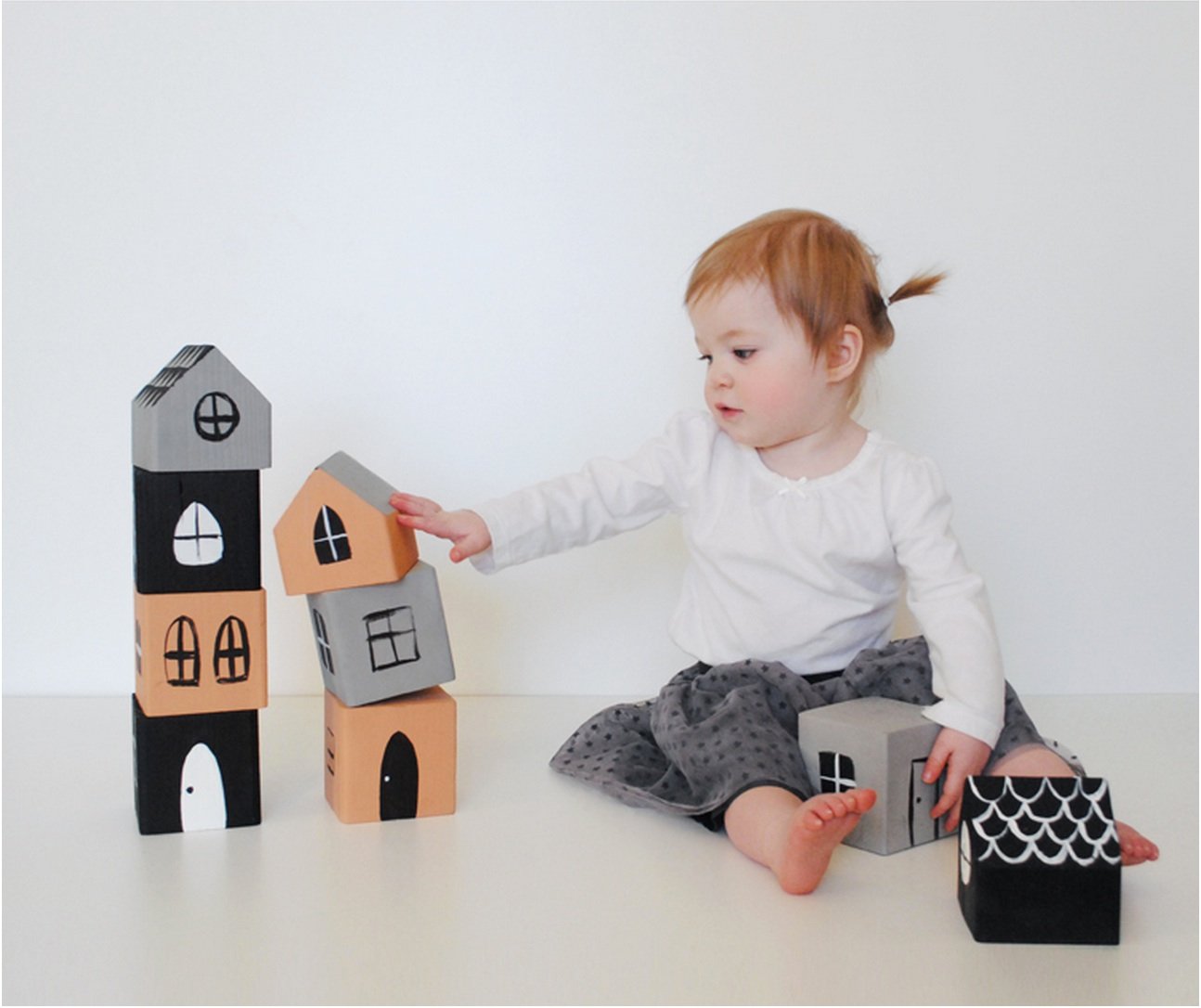
Dad’s DIY Escape Room Challenge
Are you struggling to find a unique and exciting activity for your family gatherings? The Father’s Day Escape Room Kit offers an instant solution, available for $14.99. This blog will guide you through creating your very own DIY escape room challenge, tailoring it perfectly to entertain kids and adults alike. Let’s dive in!
Key Takeaways
- Creating a DIY Escape Room involves using imagination and planning to set up puzzles, keys, and codes around your home for an engaging adventure.
- The steps to build your escape room include establishing goals, hiding keys and codes cleverly, setting a thrilling prize for the end goal, and making clear rules for fair play.
- Incorporating different puzzles like jigsaw balloon pops or cupcake surprises adds excitement. You can also customize the escape room with various challenges suitable for all ages.
- For those looking for a quicker setup, pre-made printable escape room options offer an easy-to-implement solution with all necessary materials provided at an affordable price.
- Escape rooms not only provide entertainment but also improve critical thinking skills and teamwork among participants of all ages.
The Concept of a DIY Escape Room
Moving from the initial overview, let’s dive into what a DIY Escape Room entails. Essentially, it’s about transforming an ordinary space into a thrilling puzzle-filled environment.
Parents and guardians can create a themed challenge right at home, designed specifically for kids to enjoy. This creative concept involves hiding clues and secret codes around the house or designated area, turning it into an engaging escape room game.
At its core, this activity relies on imagination and planning to conjure up an adventure that children can solve. Through a series of brainteasers, jigsaw puzzles, and hidden messages, participants are tasked with unlocking the mystery within a set time frame.
The goal might involve uncovering letters like “SPELL” concealed in various locations to crack open a birthday present locked with a five-letter combination. Such activities not only provide entertainment but also stimulate critical thinking and teamwork among young adventurers.
Steps to Create a DIY Escape Room
Establish your escape room goals by deciding on the theme and storyline. Hide keys and codes in clever spots, ensuring they are challenging to find. Set a prize for the end goal that aligns with the theme of the escape room.
Establish clear rules to ensure fairness and safety during the game.
Establishing Escape Room Goals
Deciding on clear goals for your DIY escape room is crucial. These objectives steer the game and keep players engaged from start to finish. Aim to craft puzzles that tie into a Father’s Day theme, making the experience memorable and thematic.
Goals vary, but each should challenge players, encouraging teamwork and problem-solving skills.
Make sure the goals are suitable for participants aged 7 and above, enabling everyone in the family or party to join in on the fun. Set a timeframe between 30-90 minutes to complete the challenges, adding excitement without overwhelming younger players.
This approach keeps every participant motivated with a clear end in sight while navigating through engaging escape room games filled with keys, codes, and creative puzzles leading up to an exciting prize or pinata at the end.
Creating & Hiding Keys and Codes
After setting your escape room goals, the next step involves crafting and concealing the keys and codes. This phase enhances the challenge, making it a core part of the excitement in escape rooms. Here’s how to create an engaging scavenger hunt with keys and codes for players to discover:
- Choose locations around your house that are safe yet challenging to find. Consider places above eye level or hidden compartments for an extra element of surprise.
- Make the puzzles relevant to each hiding spot. For example, if you hide a key inside a book, use a riddle related to reading or authors as a clue.
- Use everyday items as puzzle pieces. A spoon could serve as a key, with its significance revealed through a cleverly written clue.
- Incorporate puzzle cards hidden throughout the house. These should offer hints towards finding keys or deciphering codes needed to progress in the game.
- Create secret codes for participants to break. Codes can range from simple letter substitutions to more complex puzzles that require critical thinking.
- Ensure each code or key found brings players closer to solving the ultimate puzzle or finding the final code word mentioned in important facts about escape rooms.
- Utilize colors, numbers, and symbols as elements of your codes to add variety and depth to your puzzles.
- Design clues that encourage teamwork among players, fostering a cooperative environment rather than individual competition.
- Hide some keys in plain sight but overlooked easily without the proper context from other solved clues or puzzles.
Setting a Prize for the End Goal
Choosing the right prize for your DIY escape room adds excitement and motivation. Consider a reward that matches the effort and creativity players have put into solving puzzles throughout the game.
It could be something simple like a special treat, or perhaps a more personalized reward reflecting their interests.
Make sure to hide this prize well, incorporating it into the final puzzle for an extra layer of surprise. By doing so, you ensure that players feel a sense of accomplishment when they uncover their reward.
This approach not only spices up the experience but also encourages participants to fully engage with each challenge in anticipation of discovering what waits for them at the end.
Establishing Rules
To ensure a smooth and fair gameplay experience, it is important to establish clear rules for the DIY escape room challenge. Start by outlining the boundaries of the game area, specifying whether certain rooms or areas are off-limits.
Next, communicate the guidelines for clue usage, emphasizing that clues should be shared among all participants and not hoarded by individuals. Additionally, set time limits for each puzzle station to maintain momentum throughout the game.
Encouraging teamwork and fair play will help create an enjoyable experience for all players.
For added engagement and excitement, consider incorporating surprise elements such as secret challenges or bonus puzzles with enticing rewards at select stations to keep participants on their toes.
Example of a DIY Escape Room for Kids
To create a DIY escape room for kids, start by choosing a theme such as pirates, princesses, or superheroes. For example, in a pirate-themed escape room, hide clues inside toy treasure chests and use maps as part of the game.
Set up different stations with tasks that need to be completed before progressing to the next clue. Place hidden keys or codes around the space and provide simple puzzles appropriate for the kids’ age group.
Consider setting up games such as a treasure hunt where children search for hidden objects corresponding to the theme. For instance, if it’s a pirate-themed room, have them find plastic gold coins or jewels hidden in various places around the room.
Once they locate all items, they receive their reward — perhaps small goodie bags filled with treasures like stickers and small toys relevant to the theme.
Key Escape Room Puzzles
Engage participants with lively activities such as the Jigsaw Puzzle Balloon Pop Game and the Cupcake Surprise. Keep the excitement going with challenging puzzles like Birthday Banner Tangle and Birthday Party Pinata to make your DIY escape room an unforgettable experience.
Jigsaw Puzzle Balloon Pop Game
Kids love the excitement of popping balloons, and this game adds a fun twist to the escape room experience. Hide clues inside balloons and create a jigsaw puzzle that leads to the final code or key.
The kids will have a blast solving the puzzle and popping the balloons to uncover their next clue.
To play this game, simply fill balloons with hints or pieces of a larger puzzle. Each balloon should have one piece or clue so that when all are found and popped, they reveal the final solution.
Cupcake Surprise
The Cupcake Surprise game is versatile and suitable for various groups, such as kids’ birthday parties, classrooms, youth groups, Boy Scouts, Girl Scouts, team-building activities, and family game nights.
It involves visiting 10 stations to solve puzzles while recording answers on a sheet. The gameplay lasts 30-60 minutes and is ideal for ages 8 and above. Players can participate individually or in partners or groups of 3-4.
Players enjoy the challenge of solving puzzles with the aid of hint cards and decoders if needed. With no locks, envelopes or special equipment required to play this downloadable game instantly after purchase, it offers convenience along with entertainment – perfect for an engaging activity at any gathering.
Birthday Banner Tangle
Transitioning from the engaging Cupcake Surprise to another fun challenge, the Birthday Banner Tangle is a thrilling puzzle for kids participating in the DIY escape room. In this activity, children will need to unravel and untangle a large birthday banner that has been deliberately knotted and twisted into an intricate mess.
As they work together to decode the tangle of letters and colors, kids not only enhance their problem-solving skills but also experience excitement as they move closer to unveiling the hidden clues.
This interactive game fosters teamwork and boosts cognitive abilities while adding an element of suspense to the overall escape room adventure.
For this activity, participants get the chance to further test their problem-solving prowess by detangling a large birthday banner with concealed messages throughout its twists and turns.
Birthday Party Pinata
Transitioning from the intricate challenges of the “Birthday Banner Tangle” to the next exciting puzzle, we have the “Birthday Party Pinata.” This classic party game can be transformed into an engaging and interactive component of your DIY escape room.
The pinata will hold clues or pieces of a larger puzzle that participants need to solve in order to advance through the escape room challenge. As they work together to break open the pinata and gather all its contents, they’ll move one step closer to reaching their ultimate goal within the escape room.
Adding this festive element not only brings joy but also serves as a clever way to integrate teamwork and problem-solving skills into your DIY escape room experience.
Customizing Your Escape Room with Different Puzzles
To customize your escape room with different puzzles, you can incorporate a variety of engaging and challenging activities to keep the participants entertained. Here are some puzzle ideas that can be tailored to fit your DIY escape room:
- Puzzle Locks: Introduce combination locks or padlocks that require solving riddles or clues to obtain the correct code.
- Cryptic Messages: Create encoded messages using simple ciphers such as Caesar cipher or Morse code for players to decipher.
- Logic Puzzles: Include Sudoku, crosswords, or logic grid puzzles that require problem-solving to advance through the game.
- Hidden Objects: Conceal important items within the room and provide hints leading to their locations for players to find.
- Pattern Recognition: Implement visual puzzles like pattern matching or picture sequences that challenge observation skills.
- Interactive Challenges: Incorporate physical challenges such as obstacle courses, balancing tasks, or dexterity games to add a dynamic element to the experience.
Pre-Made Printable Escape Room Options
The Father’s Day Escape Room Kit, priced at $14.99, provides a convenient and stress-free way to engage kids in an escape room challenge. The game is designed for small or large groups and can be utilized at various events such as kids’ birthday parties, classrooms, youth groups, Boy Scouts, Girl Scouts, team-building activities, and family game nights.
In addition to the $14.99 price tag, there are no additional costs involved as the kit comes with all necessary elements including a PDF game guide, set up instructions, signs, frequently asked questions list along with a coupon code for future purchases.
A breakout adventure that lasts 30-60 minutes is suitable for ages 8 and above and can be played individually or in groups of 3-4. The participants will go on a quest searching for puzzles while breaking codes using secret clues to find the final code word thereby making this premade escape room option an exciting solution for both parents and children seeking engaging indoor entertainment options.
Additional Escape Room Ideas for Birthday Parties
- Create a “Puzzle Punch” game using colorful balloons filled with tiny puzzle pieces.
- Set up a “Pin-the-Hand-on-the-Key” game where kids take turns blindfolded, attempting to place a hand-shaped cutout on a large key poster.
- Design a “Present Jumble” activity by hiding small keys inside gift – wrapped boxes, and ask kids to find the correct keys for their respective boxes.
- Organize a “Find the Hidden Clues” game where children search for clues hidden around the party area to unlock a special prize.
- Plan a “Code Breaker Challenge” by creating unique codes for children to decipher in order to access different parts of the escape room.
- Arrange a “Riddle Relay Race” where kids solve riddles one after another, leading them closer to finding hidden keys scattered around the party space.
- Construct an “Obstacle Course Puzzle” utilizing various puzzles that must be solved at different stations before obtaining the final key to unlock a mystery prize.
- Develop an engaging “Scavenger Hunt” using hidden clues and tasks only solvable by combining teamwork and problem-solving skills.
Using an Escape Room Book for Your Party
Get the party started with an escape room book, perfect for engaging your guests in a thrilling and challenging adventure. The pre-made printable options come complete with game materials, set-up instructions, signs, frequently asked questions, and even a coupon code for future purchases – making it convenient and hassle-free for you to host an exciting event.
Whether it’s a kids’ birthday party or a family game night, an escape room book is sure to add an element of fun and mystery to any occasion.
Ready to take your party entertainment to the next level? Let’s explore some creative ways to utilize an escape room book at your upcoming event.
Experience the thrill of creating your DIY escape room for an exciting and challenging adventure. Watch as participants use their wits to solve puzzles, uncover hidden clues, and finally reach the ultimate prize.
Take on the challenge and customize your escape room with unique puzzles for an unforgettable experience. Dare to embark on a journey that promises fun, creativity, and endless opportunities for celebrations!
FAQs
1. What is Dad’s DIY Escape Room Challenge?
Dad’s DIY Escape Room Challenge is a fun, homemade game where you create puzzles and clues for your family to solve together, turning your home into an exciting escape room adventure.
2. How do I start setting up my own escape room at home?
To begin, choose a theme or story for your challenge. Then, design puzzles and clues that fit the theme. Make sure each puzzle leads to the next until they ultimately lead to the “escape.”
3. What materials do I need for creating puzzles in the escape room?
You can use everyday items found around your house such as locks, paper, pens, old books, and anything else that can hide clues or be part of a puzzle. Get creative!
4. Can I subscribe to get more ideas for different escape room challenges?
Yes! Subscribing to newsletters or blogs focused on DIY projects and games can provide you with fresh ideas and tips on how to keep making new and exciting escape rooms for your family.




